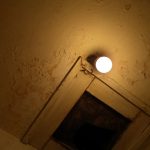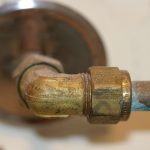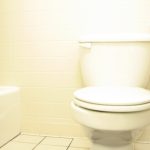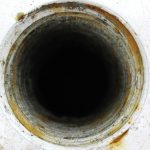As we head into the last part of the year, our thoughts turn to the holidays and the new year. Many of us make new year’s resolutions to improve some aspect of our lives, but it’s not likely that people will be thinking about their plumbing! But, perhaps being kinder to your plumbing in the year to come is a good new year’s resolution to have. When you take better care of your home plumbing system, it will work better, be less likely to fail, and cost less to maintain or repair. Let’s take a look at three ways you can be kinder to your home plumbing in the new year.
- Organize a Plumbing Maintenance Schedule
It’s a great idea to make a six month plumbing maintenance schedule for your home. When you check your home plumbing every six months, it’s easier to detect minor issues before they can develop into larger problems that are harder and more expensive to fix. Examine the pipes for any minor leaks, flush out the water heater and repair any leaky fixtures. For a more extensive service, you need to hire a local professional licensed plumber and ask about their maintenance programs. Prevention is better than the cure, and earlier detection of problems is a great way to save money.
- Learn How to Use a Cup Plunger
Many people have a cup plunger in their homes to deal with minor clogs. But, some people are using their cup plunger in the wrong way, and this can even make the problem worse. A plunger is not designed to force a clog out of the pipe; the plunger uses compression and suction to break the clog up with pressure. Then water can run into the drain and flush the clog fragments away to make the pipe clear again.
When you plunge a sink, tub, or shower drain, cover up the overflow drain first and place the cup plunger over the affected drain with the cup under water. Then push any air out of the plunger and make fast and gently pumps for around 15-20 seconds. Then lift the plunger away from the drain, the water should drain away and then run fresh water into the drain.
If you need to plunge a toilet, use a cup plunger designed for the job; there should be a rubber flap around the edge of the cup. This is known as a flange plunger, submerge it in the water and insert it into the drain. Again, plunge quickly and gently for 15-20 seconds before removing the plunger and testing that it’s draining.
- Schedule a Sewer Line Inspection
Many cities have an outdated sewer infrastructure, and this will affect your pipes that connect to your home. The homeowner is responsible for the sewer lines on their property and where they connect to the city sewer system. A sewer line inspection will detect any potential problems, such as: intruding tree roots, broken or stressed pipes and any buildup of clog forming grease. Fixing these problems later will cause a great deal of disruption, and it could cost more money. If you’re buying a new home or renovating a property, a sewer line inspection is an absolute necessity.
If you have any recurring problems with your plumbing, there could be an underlying issue that needs fixing. A
local certified plumber can locate and correct these problems for you before they get worse and cost more to fix.
By Giovanni Longo President Flood Brothers Plumbing
Giovanni Longo is a 3rd generation master plumber who has been practicing his craft and trade in the greater Los Angeles area for well over a decade and a half. A plumbing and hydraulics-engineering innovator, Giovanni’s particular world-class expertise focuses on dealing with challenging sewer system designs as well as resolving complex commercial and residential draining issues. As a certified Flood Mitigation expert, he is also well versed in a wide variety of water damage and remediation solution.





